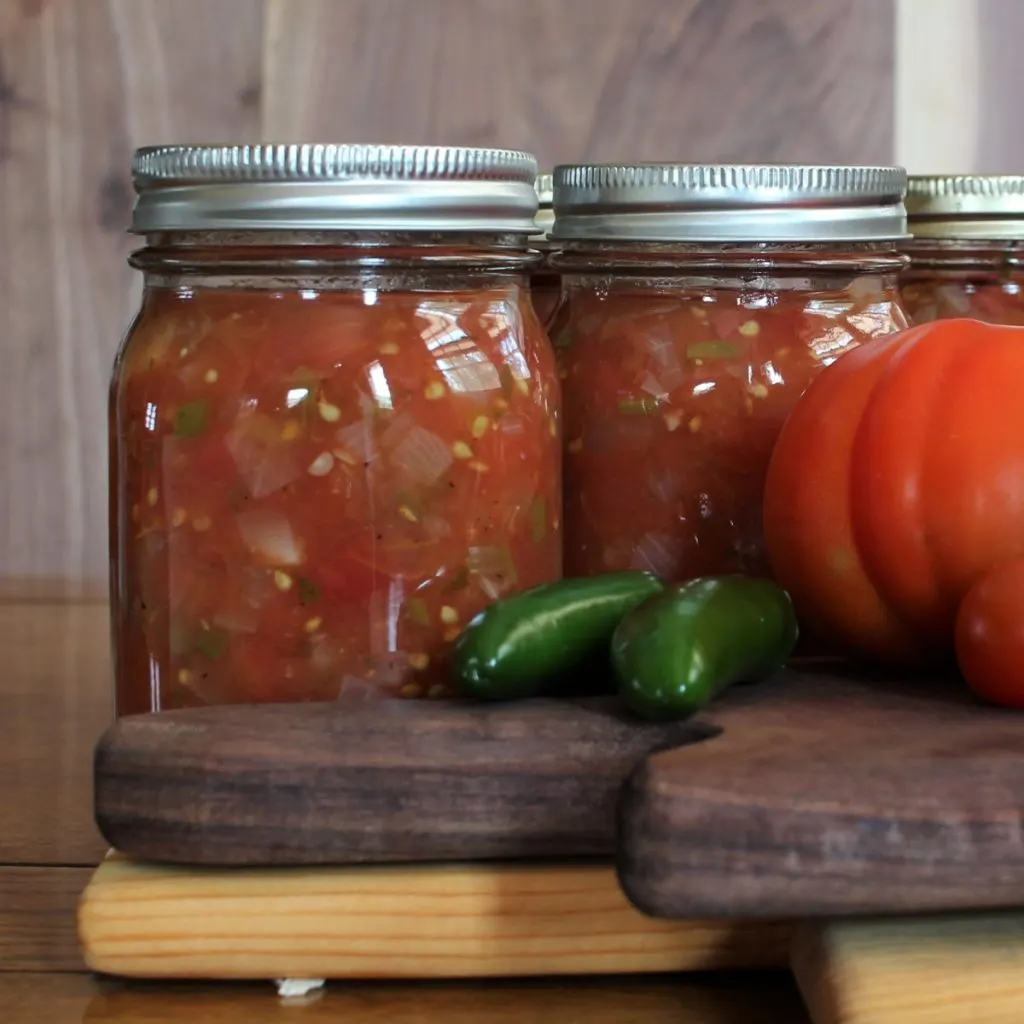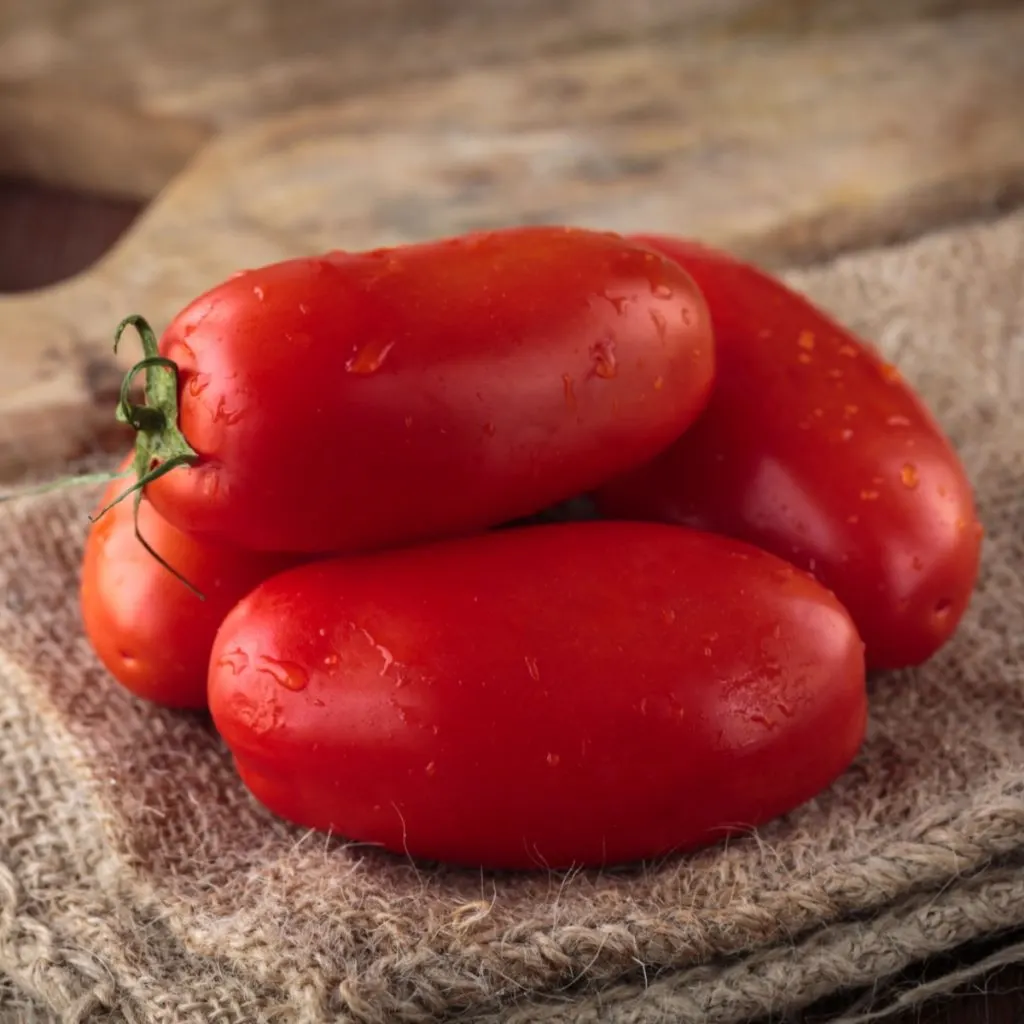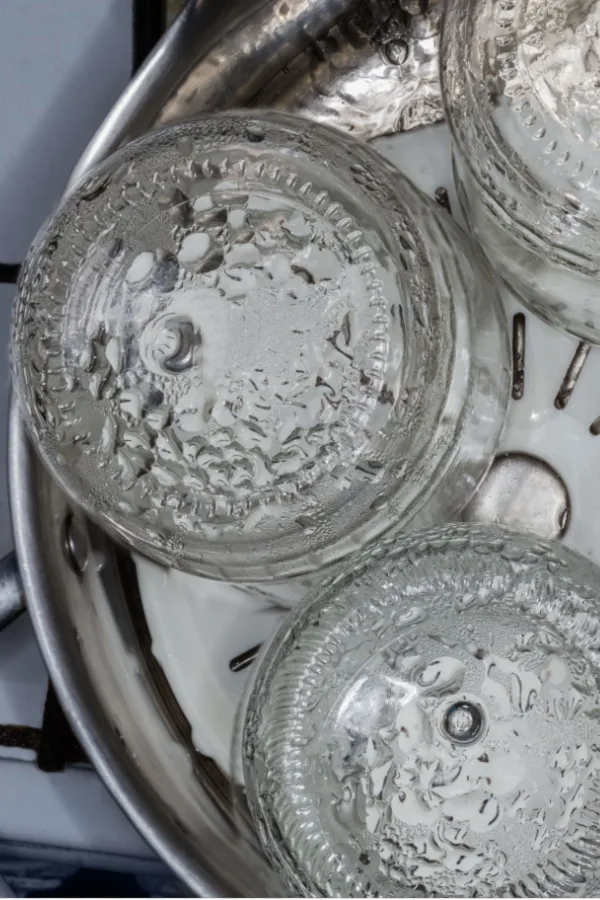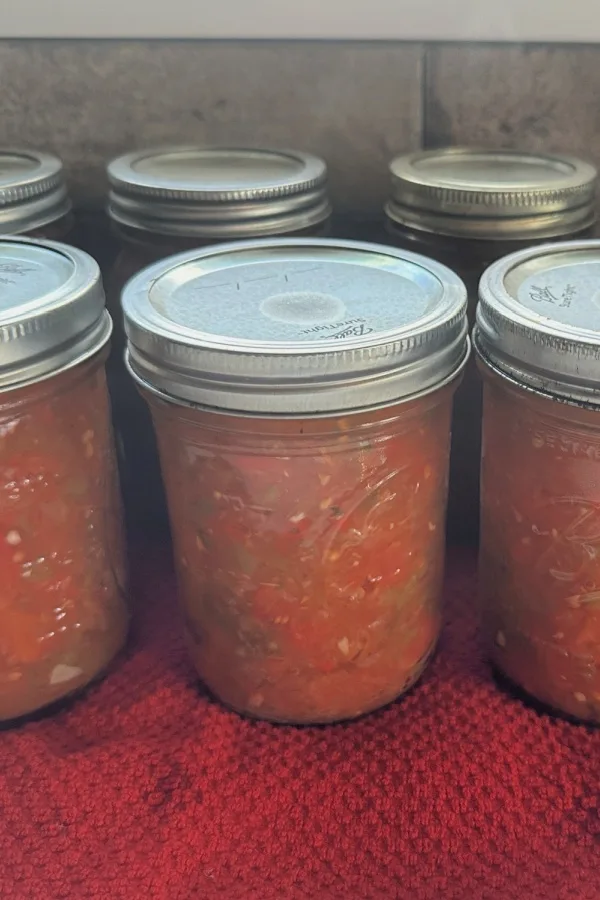Making salsa from the fresh produce out of your backyard garden can be extremely satisfying, but in order to can it for long term storage you must first know how to safely do so. Having the correct ratio of vegetables to acid and using the proper canning equipment and techniques are the only sure ways to know that the salsa is safe for consumption.
Although you can make your own version of fresh salsa and store it in the refrigerator for up to a week or in the freezer for several months, the same combination of ingredients is not necessarily safe to preserve by canning.
As good as it tastes when you first make it, improperly canned salsa can harbor harmful bacteria posing severe health risks to those who consume it.

However, by following some simple, but crucial guidelines, you will be able to enjoy a taste of your summer garden well into the cold winter months. And it all starts with picking out a recipe that has been tested for pH safety.
A pH of 4.6 or lower is required for safe canning without the use of pressure processing. If you use a researched based recipe and it has been approved by an extension or educational center then you do not need to test the pH level once canned. However, if you would like to verify that the pH is in the safe range you can purchase pH test strips for food. (Affiliate link: pH Testing Strips).
Then once you have the recipe, the next step is to pick out the ingredients. But as you will see below, not all ingredients are created equal.
1. Choose The Right Salsa Ingredients
Tomatoes
When canning salsa and other tomato products, choose vine-ripened and disease-free tomatoes. Canning is not the time to use those overripe or damaged tomatoes. Poor quality or overripe tomatoes will yield a very poor salsa that may cause spoilage.
In addition, never use tomatoes from dead or frost-killed vines. They can contain pathogens that may remain active during the canning process.
As for the best variety of tomato to make salsa, paste tomatoes are the clear choice for those who prefer thicker salsa. Although large slicing tomatoes can also make good salsa, the yield will produce a thinner, more watery salsa than paste tomatoes. See our related article: The 5 Best Tomatoes For Salsa.
If you use the large slicing tomatoes and your salsa is on the runny side and you want to thicken it, never add powder thickeners such as flour or cornstarch. For a thicker salsa, look for a research-based recipe that includes tomato paste.
To safely can salsa use the exact amount of tomatoes the approved recipe calls for. You can use or combine red, green, or heirloom tomatoes and even tomatillos as long as the total weight of the tomatoes remains the same. However, it is best to steer away from using all low-acid varieties of tomatoes.

Peppers
Just like when choosing tomatoes choose only disease-free, unblemished, firm peppers. Do not use soft peppers or peppers that have been sitting in your crisper drawer for more than 3 days.
Again, use the exact amount of peppers the recipe calls for. It is not safe to increase the amount of peppers in a research-based recipe.
However, you can substitute one variety of pepper for another without sacrificing the safety of the salsa. For example, jalapeno peppers can be substituted for green or bell peppers.
Although, be cautious when substituting due to the size difference of peppers. You can substitute 1 cup of diced green peppers for 1 cup diced jalapeño peppers when you can salsa but you cannot safely substitute based on the number of peppers alone.
That is because 6 green peppers are much larger than 6 jalapeños. The difference in this type of substitution will result in a product with unsafe acidity content.

Acid
Salsa is safely preserved and canned by adding acid, in the form of commercially bottled vinegar with 5% acidity, lemon juice, or lime juice. The acid ingredients are necessary because the natural acid content of the salsa mixture is not acidic enough to safely can in a water bath canner.
Be cautious when purchasing vinegar. Most bargain and discount vinegar brands now sell 4% vinegar and not 5% which is what you need to use when canning. That is because 4% acidity is the minimum legal acidity level for vinegar in almost all countries. Therefore it is important to read the labels carefully.
If you prefer not to use vinegar, you can use bottled lemon or lime juice instead. Although never use freshly squeezed juice as the acid levels vary from fruit to fruit.
The amount of vinegar, lemon or lime juice in a research-based recipe cannot be reduced or increased. Therefore use the exact amount listed.
Onions
You may substitute red, yellow, or white onions for one another in any salsa recipe. However, it is not okay to increase the amount because onions are considered a low acid food. Adjusting the amount would disturb the overall acid level in the salsa and it would no longer be safe to can.

Herbs and Spices
Herbs and spices allow you to add your own distinct flavor to salsas. You can increase or reduce the amount of dried herbs and spices as much as you desire.
However if the recipe calls for fresh herbs, the exact measurement must be followed. If you prefer a stronger herb flavor it is best to stir in additional seasonings just before serving.
Sugar
Some salsa recipes call for a little sugar to balance out the vinegar flavor and to make the salsa sweeter. There is no problem adjusting the amount of sugar in any salsa recipe, as it will still remain safe to can.
2. Canning Equipment
Once you have an approved recipe and are ready to can the salsa gather standard mason jars designed specifically for home canning. Be aware that some glass jars are only safe for freezing.
If you have old mason jars be sure to inspect them for damage. Discard any jars with cracks or chips since defects can prevent an airtight seal or failure during the canning process.
Sterilize the jars in the dishwasher or in hot soapy water before filling.

Lids/Bands
Prepare new/unused flat metal lids as directed by the manufacturer. Not all lids require heating before going on top of the jar.
As a reminder, lids are for single-use only. They can not be used for canning more than once!
Discard any screw bands with dents or rust, since defects can prevent an airtight seal. You can reuse the screw bands multiple times. Just be sure to clean and store them carefully to prevent rusting or denting.
3. Processing Time
To safely can salsa you must follow the processing method for the exact length of time specified in the research-based recipe. Some recipes require the use of a water bath canner and other require a pressure canner. The two methods to can salsa are not interchangeable. Follow the manufacturer’s directions for their specific canning instructions as each product may differ slightly.
In addition, never alter the jar size or the processing time from the tested recipe. Doing so can limit heat penetration and result in an unsafe product.

4. Storage
Allow jars to cool untouched, away from drafts, for 12 to 24 hours before testing the seals. To test jar seals, press the center of each lid. They should be slightly concave and not freely move.
If sealed, remove the screw bands. Label sealed jars with contents and date. Store in a clean, cool, dry, dark place.
If the seal is not tight store the salsa in the refrigerator or freezer. Or you can reprocess the salsa into a brand new batch.
I Grow Tomatoes
Follow Our Facebook Page For Even More Great Tomato Growing Tips! I Grow Tomatoes Facebook Page
I Grow Tomatoes is a website created for those who love all things about tomatoes – from planting and growing – to cooking and canning! We publish two articles every week, 52 weeks a year. Sign up today to follow via email! This article may contain affiliate links.
